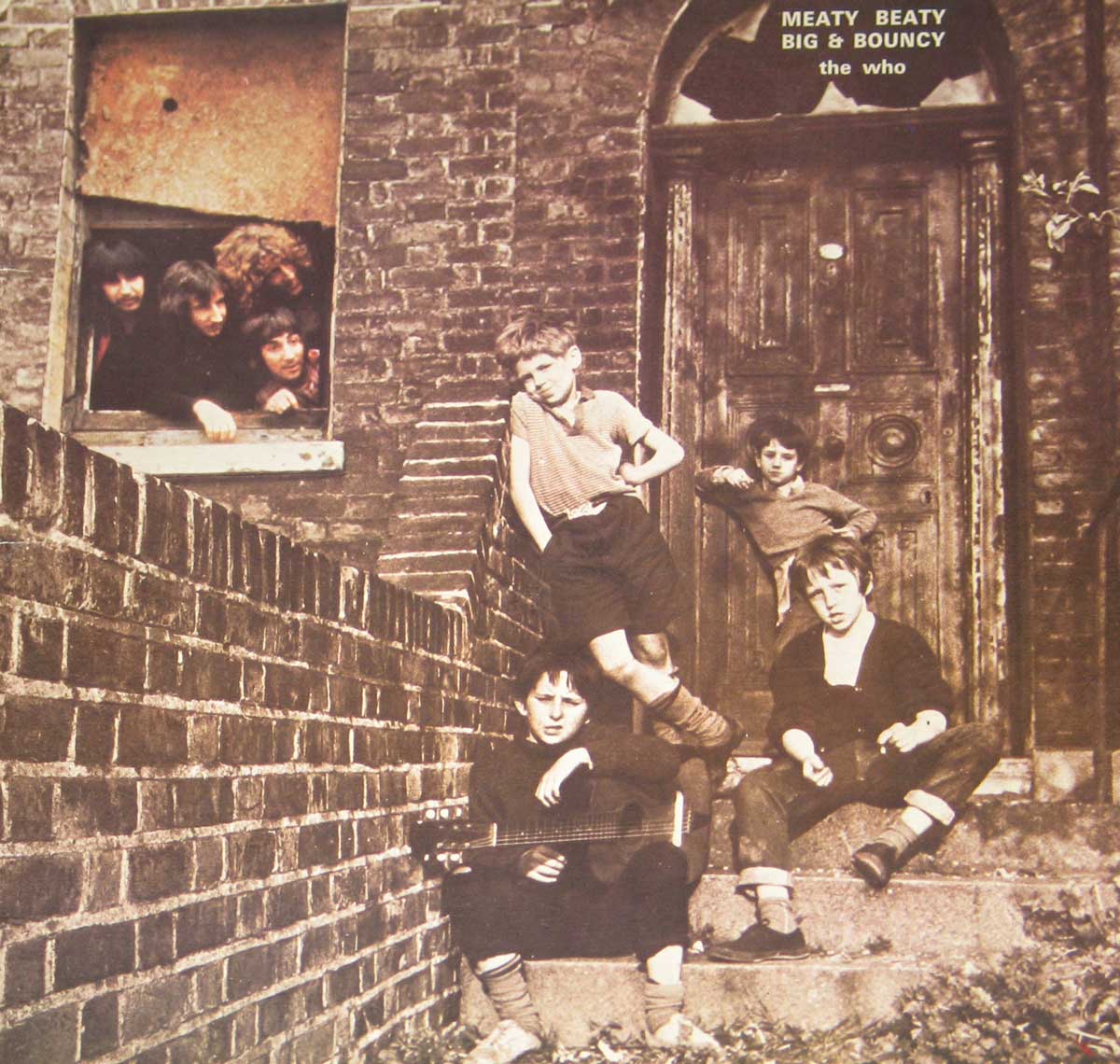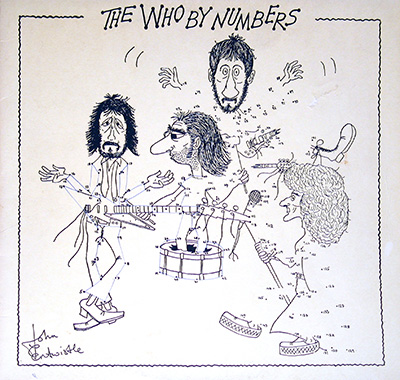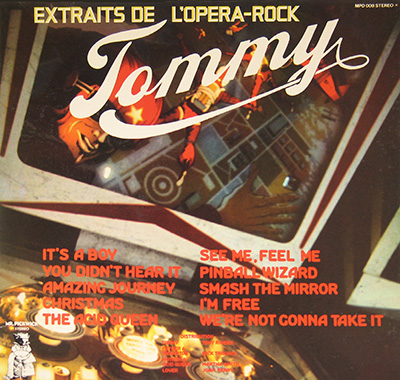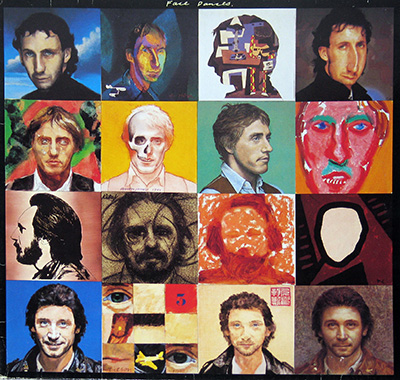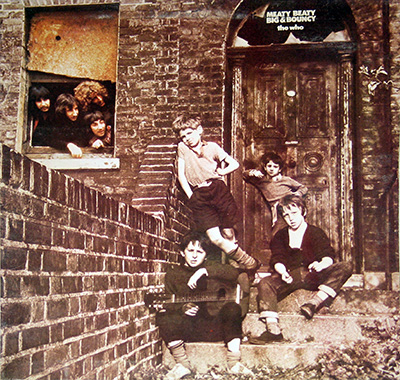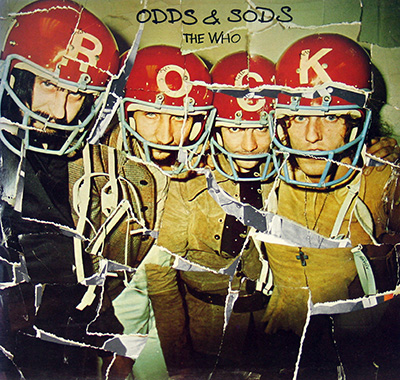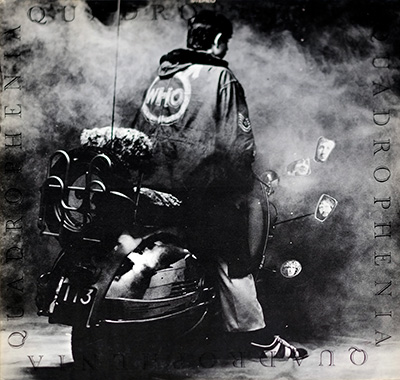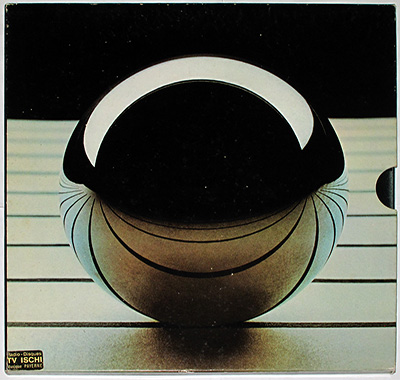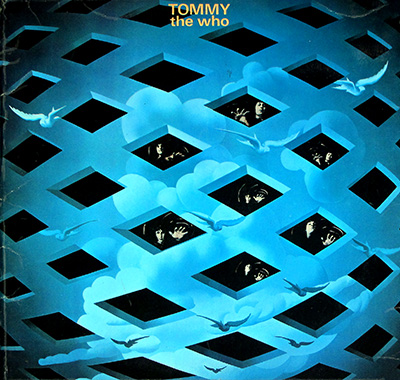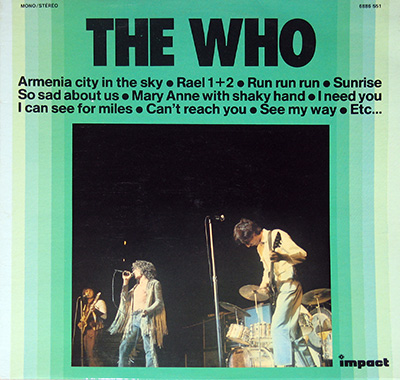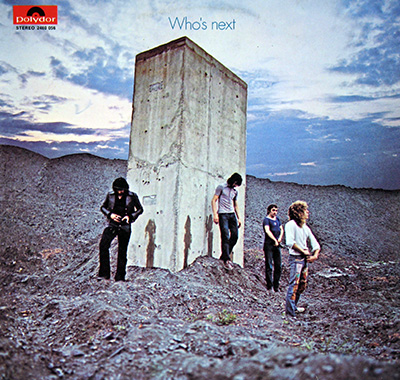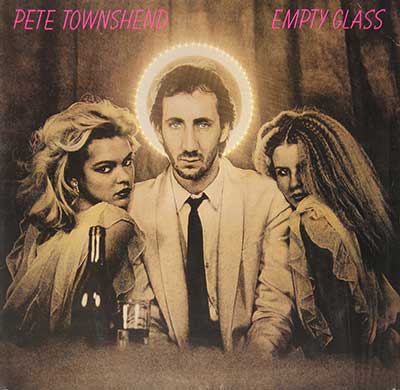Album Description:
In the world of rock music, few bands have achieved the iconic status and enduring influence of The Who. With their electrifying performances, innovative sound, and thought-provoking lyrics, The Who carved out a unique place in musical history. One of the standout releases in their discography is the 12" vinyl LP album "Meaty Beaty Big & Bouncy". Released in 1971, this compilation album holds a special place in the hearts of fans and music enthusiasts alike.
A Collection of Unforgettable Singles
"Meaty Beaty Big & Bouncy" is unlike most other compilation albums. It primarily features singles that did not find a home on The Who's regular LPs, making it a treasure trove for fans eager to own these iconic tracks in one comprehensive collection. The album's title aptly captures the essence of its contents – a collection of meaty, rhythm-driven tunes that are undeniably bouncy and full of energy.
The album opens with "I Can't Explain", a two-minute burst of power-pop perfection that introduces listeners to The Who's signature sound. The infectious guitar riffs, Roger Daltrey's dynamic vocals, and Keith Moon's thunderous drumming set the stage for what's to come.
Other notable tracks include "The Kids Are Alright", "Happy Jack", and "I Can See for Miles". Each song showcases the band's incredible versatility, from the introspective and whimsical to the bold and anthemic. "Pictures of Lily" is a prime example of The Who's ability to craft a narrative within a song, while the timeless classic "My Generation" remains a rebellious anthem that captures the spirit of youth.
A Glimpse into The Who's Creative Genius
"Meaty Beaty Big & Bouncy" not only serves as a collection of hits but also offers a glimpse into The Who's evolution as a band. The songwriting talents of Pete Townshend shine through on tracks like "The Seeker", which features introspective lyrics and a driving rhythm that showcase the band's ability to experiment with new sounds.
The album also presents an alternate version of "I'm a Boy", offering a fresh take on the familiar track. It's a testament to The Who's commitment to pushing the boundaries of their music and exploring different artistic directions.
Behind the Scenes: Producers and Band Members
The album's gatefold cover design, known as a fold-out cover (FOC), adds a visual dimension to the music. Opening the cover reveals a collage of images that capture the energy and spirit of The Who's live performances, providing fans with a visual journey to complement the auditory experience.
"Meaty Beaty Big & Bouncy" features the combined production efforts of The Who themselves, Shel Talmy, and Kit Lambert. This collaborative approach contributed to the album's cohesive yet diverse sound.
The album's musical prowess is undeniable, and credit must be given to the talented musicians who brought these tracks to life. The core lineup of The Who remains unchanged throughout the album, with Roger Daltrey's distinctive lead vocals, Pete Townshend's innovative guitar work, John Entwistle's dynamic bass lines, and Keith Moon's explosive drumming. Additionally, Nicky Hopkins' keyboard and piano contributions add a layer of depth to the album's sonic palette.
Legacy and Impact
"Meaty Beaty Big & Bouncy" remains a testament to The Who's enduring legacy in the world of rock music. Its success at the time of its release is a testament to the band's ability to capture the spirit of the era and deliver unforgettable performances that resonate with listeners of all generations.
Decades after its release, the album continues to introduce new generations to The Who's music and serves as a reminder of the band's artistic innovation and influence. Its timeless tracks are a testament to the enduring power of rock and roll and a testament to The Who's status as one of the greatest bands in history.
